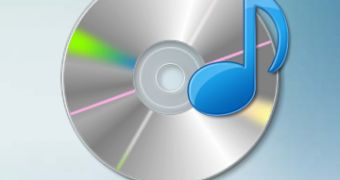Microsoft's latest operating system, Windows Vista, comes complete with digital rights management technology designed to offer support for commercial content scenarios. Microsoft stated back in January, even before the operating system was launched to the general public, in a move to defend the inclusion of DRM in the platform that the sole purpose of the content protection infrastructure in Vista is to make sure that end users will be able to play protected commercial audiovisual content. Still, the DRM in Vista it is only a prelude, as Microsoft is now cooking an uncrackable type DRM and has filed a patent for the technology. The Redmond company will be able to insert unbreakable watermarks in audio signals.
"The watermark identifies the content producer, providing a signature that is embedded in the audio signal and cannot be removed. The watermark is designed to survive all typical kinds of processing and malicious attacks. A watermarking system employs chess spread-spectrum sequences (i.e., "chess watermarks") to improve the balance of positive and negative chips in the watermarking sequences. The balance is not imposed in an orderly fashion, which might make the watermark sequence more easily detectable to an attacker, but in a pseudo-random fashion. In that way, better sequence balance is achieved while preserving its randomness for an attacker without knowledge of the keys," reads the description for Microsoft's stealthy audio watermarking.
Truth be told, watermarking and digital rights management are not in the same league together, as the first provides a technology for digitally signing audio content, while the latter focuses on access protection via encryption. Still the two are interconnected, and an item of irremovable watermarking can also serve to control access to digital audio materials. "The watermark is designed to survive all typical kinds of processing, including compression, equalization, D/A and A/D conversion, recording on analog tape, and so forth. It is also designed to survive malicious attacks that attempt to remove or modify the watermark from the signal, including changes in time and frequency scales, pitch shifting, and cut/paste editing," it is added in the patent.

 14 DAY TRIAL //
14 DAY TRIAL //